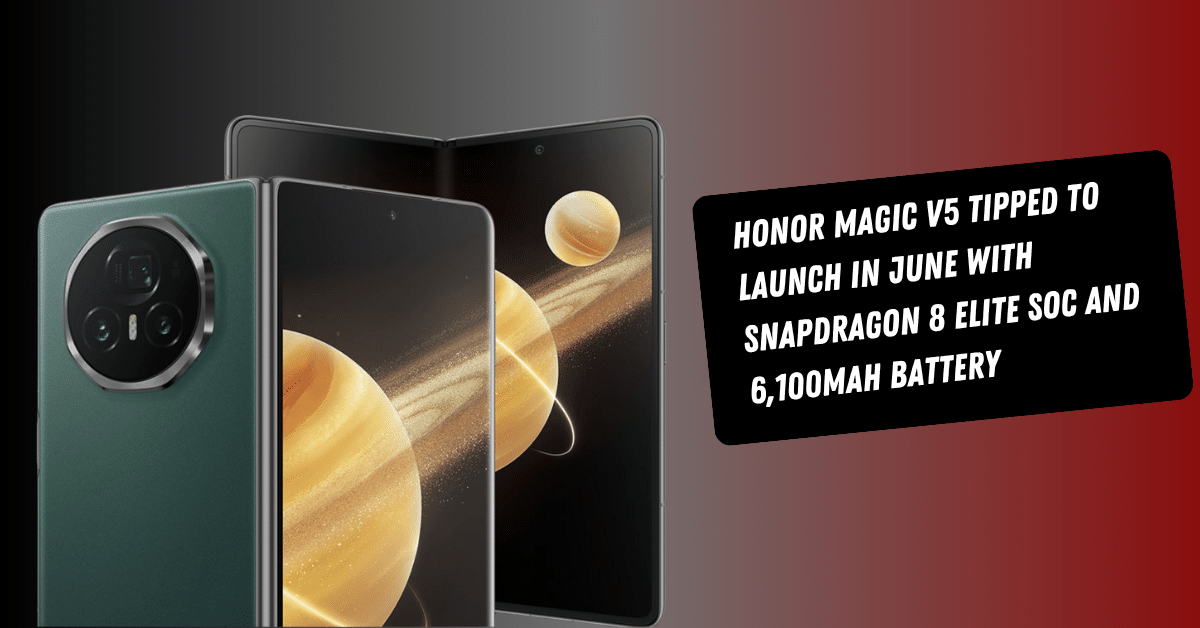Huawei has taken a bold step toward self-reliance in the tech industry by introducing HarmonyOS Next, an in-house kernel-based operating system, fully independent of AOSP. Debuting with the Mate 70, Mate X6 foldable, and MatePad Pro tablet, this OS marks a new chapter in Huawei’s journey. However, it will be exclusive to China in 2025, as announced by Richard Yu, the Consumer Business Group Chairman.

What Makes HarmonyOS Next Unique?
HarmonyOS Next represents a significant leap for Huawei, shifting away from Android and building a platform entirely in-house. While users can still opt for HarmonyOS 4.3, the new system offers deeper customization and optimized performance for Huawei’s latest devices. The phones featuring HarmonyOS Next have SKU numbers for differentiation in Huawei stores.

Challenges in Global Expansion
Huawei’s decision to limit HarmonyOS Next to China highlights ongoing challenges in global rollout. Analysts, including Rich Bishop from AppInChina, emphasize that the lack of apps tailored to international markets poses a hurdle. Many developers find it unprofitable to create apps for the Chinese ecosystem, and missing even a single popular app can deter potential buyers.
The lack of Google Mobile Services (GMS) has also impacted Huawei’s global presence. While HarmonyOS holds a 17% market share in China, surpassing iOS (16%), it lags significantly on the global stage, with only a 4% share compared to Android (80%) and iOS (16%).

Future Prospects
Despite the hurdles, Huawei aims to regain its footing in the global smartphone market. The launch of the Pura 70 series earlier this year and partnerships with international platforms like Grab and Emirates are part of Huawei’s strategy to attract a broader audience.
With HarmonyOS Next, Huawei is positioning itself as a pioneer in independent OS development, solidifying its presence in the Chinese market while laying the groundwork for potential global expansion.
















